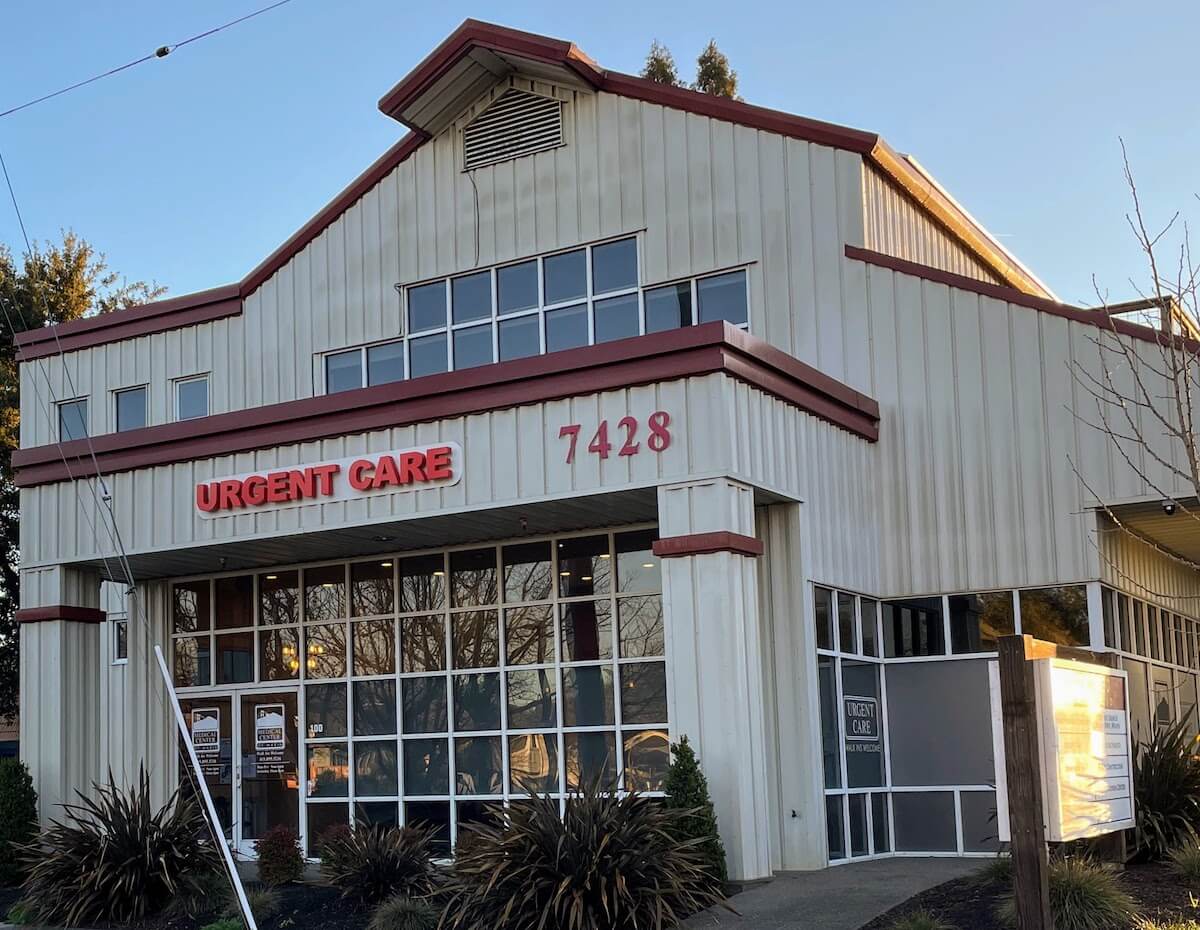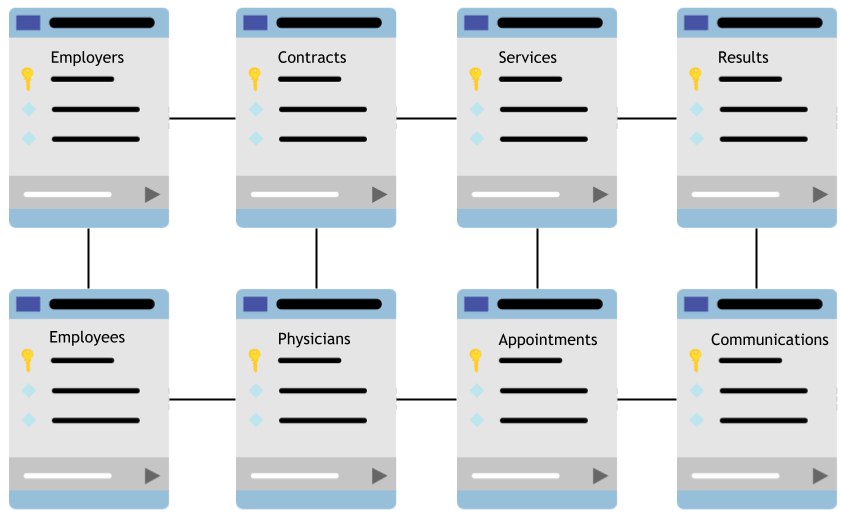
The urgent care business model is centered around providing patients with convenient access to healthcare services for non-life-threatening illnesses or injuries.
Urgent care clinics are often a less expensive alternative to hospital emergency room visits. Patients also generally experience shorter wait times and can get faster access to a primary care physician.
In other words, the urgent care industry offers a better overall experience.
Many urgent care businesses are looking for ways to expand their care services to a greater number of patients. A CRM (customer relationship management) solution can accomplish this and streamline a variety of urgent care use cases while contributing to the business’s growth in a number of ways.
Urgent Care Center CRM Use Cases
Some of the areas in which a CRM system has shown to increase operational efficiencies and contribute to the growth of an urgent care business are:
Sales automation for business development
One of the most widely adopted components of CRM is sales automation.
A team that sells to enterprises can more easily keep track of information about locations, people, and activities—all of which contribute to shorter sales cycles.
One-to-one email communication with prospects and customers can also be centrally logged, thus sales leads are less likely to slip through the cracks.
Targeted marketing messages
The urgent care business model requires outbound email communications to segments of employers, employees, and patients.
Targeted email marketing is a core offering from many CRM vendors, meaning an email marketing system no longer needs to be a separate information silo from other business databases.
For example, when a non-patient employee becomes an occupational health patient, that person will automatically become a contact in the email marketing system and be added to the right segment or list. No double entry of data is needed.
Referral management
CRM has proven useful for managing a variety of referral scenarios in the healthcare industry. This is because CRM easily allows users to create and maintain links among organizations and people, with a simple point-and-click interface.

For example, an enterprise may have a contract with an urgent care business for return-to-work testing, occupational medicine, and/or workers’ compensation. The CRM system can be the platform used to process incoming referrals from these employers and visually verify which services a patient is eligible for based on their employer’s plan.
Since a patient’s request for service can be reliably matched back to their employer’s level of participation, an urgent care clinic can avoid providing services that are not covered. On the flip side, the urgent care organization can inform the patient about out-of-pocket costs prior to a test, x-ray, or procedure.
Post-visit care services & communication
After a patient leaves an urgent care clinic, follow-up communication is required in many cases.
Urgent care staff may need to communicate with a patient about tests, procedures, or lab and radiology results. There are a number of patient-specific variables when it comes to follow-up tasks. For example:
1. Different patients have different communication preferences (phone, email, SMS).
2. Depending on the patient’s age, post-visit care communication may be either directly with the patient or with the patient’s guardian.
3. Depending on the nature of test(s) results, contact may either be made by an administrative-level person or by a clinician.
A CRM system can house this intelligence of “who, what, and how” when it comes to targeted post-visit care communication.
Logistics for onsite care
Large employers may require onsite services at one or more of their locations—especially when it comes to COVID-19 testing and vaccinations.
CRM facilitates the coordination of various types of onsite resources or care delivery. Resources such as materials, tables, tents, techs, and phlebotomists all need to be coordinated.
Vaccine logistics
CRM vendors, such as Salesforce, have used their low-code and no-code development tools internally to rapidly develop a new set of functionality on top of their platform.
This additional functionality is seen with Salesforce’s Vaccine Cloud, which was announced in January 2021. Vaccine Cloud solves many of the issues surrounding an effort of such a massive scale. It can be used to stratify risk for vaccine prioritization, in addition to managing scheduling, appointment confirmation, and booster timing. It can even handle the data duplication problem that results from multiple appointment form submissions by the same person.
An existing patient database can be imported into Salesforce. From there, an urgent care business can tailor Vaccine Cloud to fit its specific requirements.
Systems Integration
Further streamlining of urgent care operations is possible when a CRM employee referral can be converted to an EHR system patient without the need to re-key information.
The fact is that some EHRs are easier to integrate with a CRM system than others. The level of effort for CRM to EHR integration can sometimes be cost-prohibitive. Other times, the ROI is easy to justify. It all depends on your organization’s data needs, your existing infrastructure, and the population you serve. Solutions exist on the market at a range of price points with varying complexity, as shown above. Want to learn more? Drop us a line.
Enhance your urgent care business model with the help of J2’s Salesforce Health Cloud experts.



